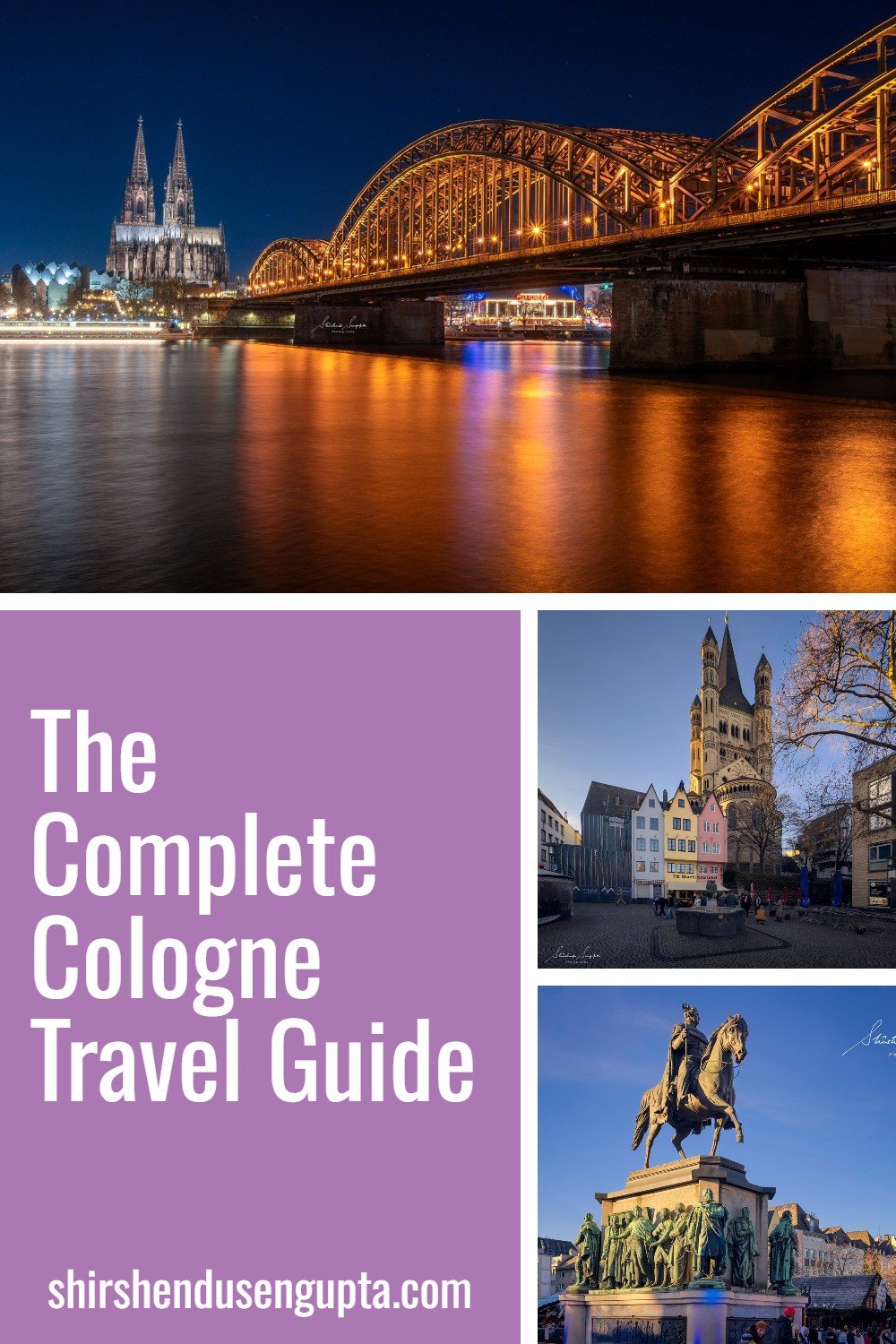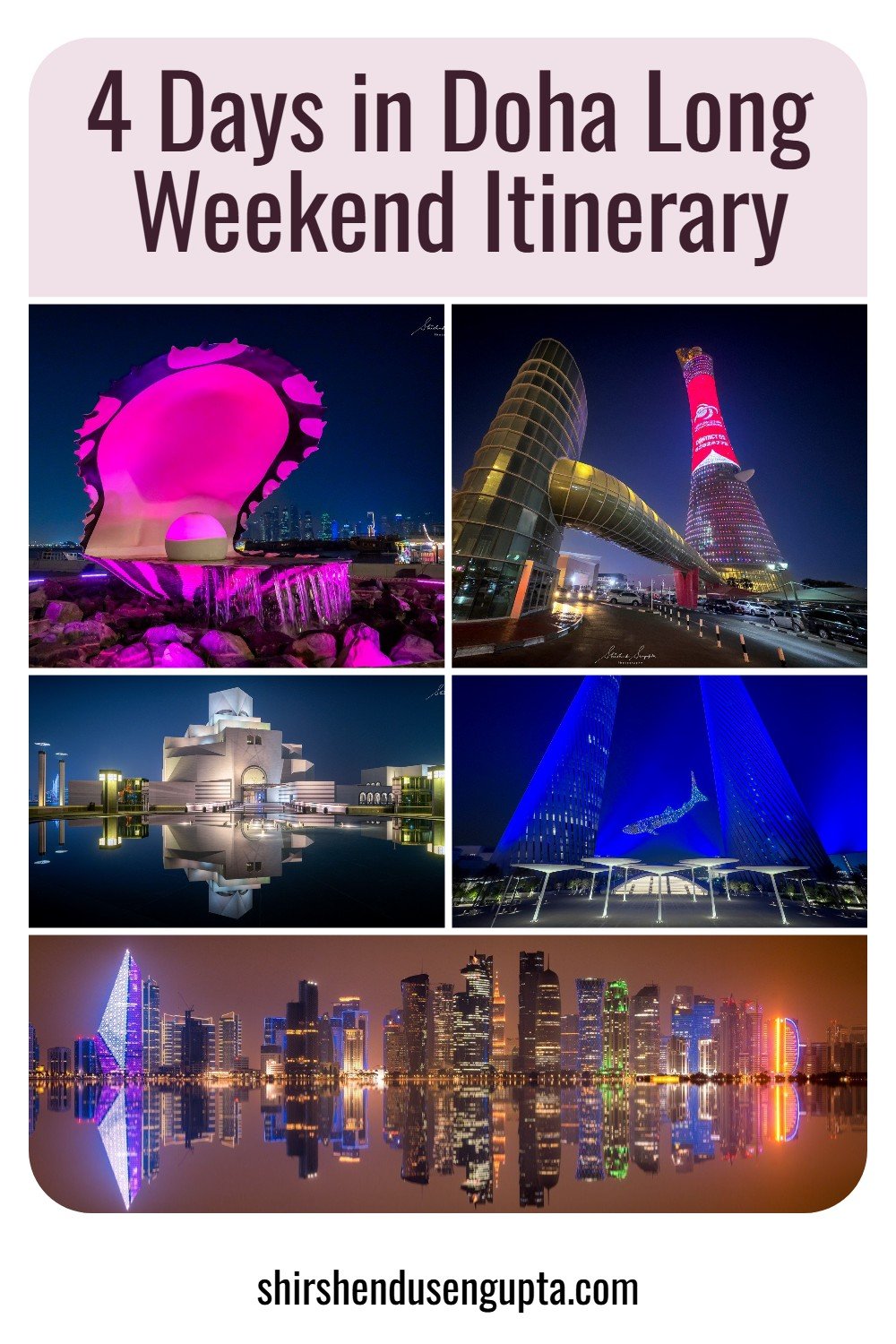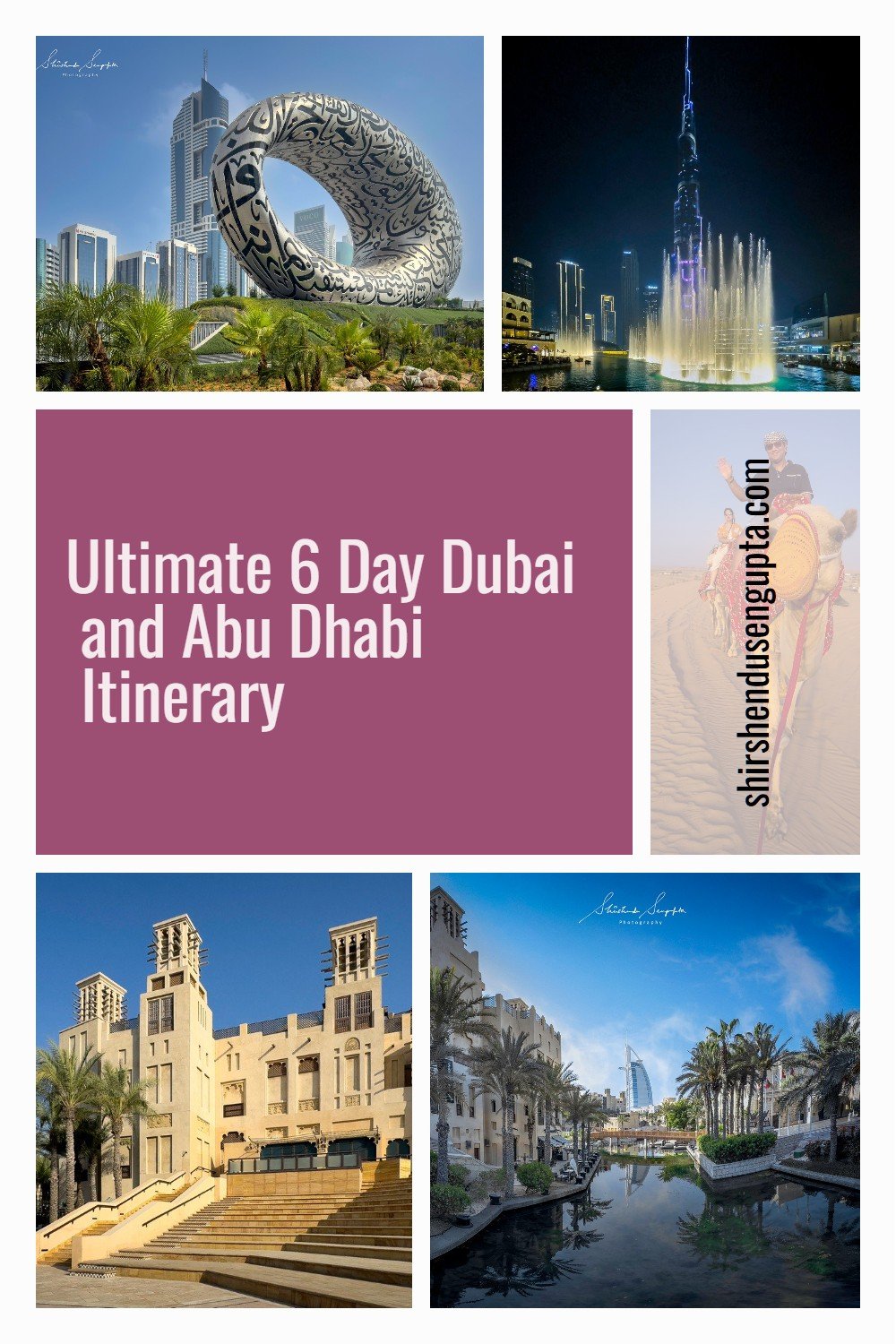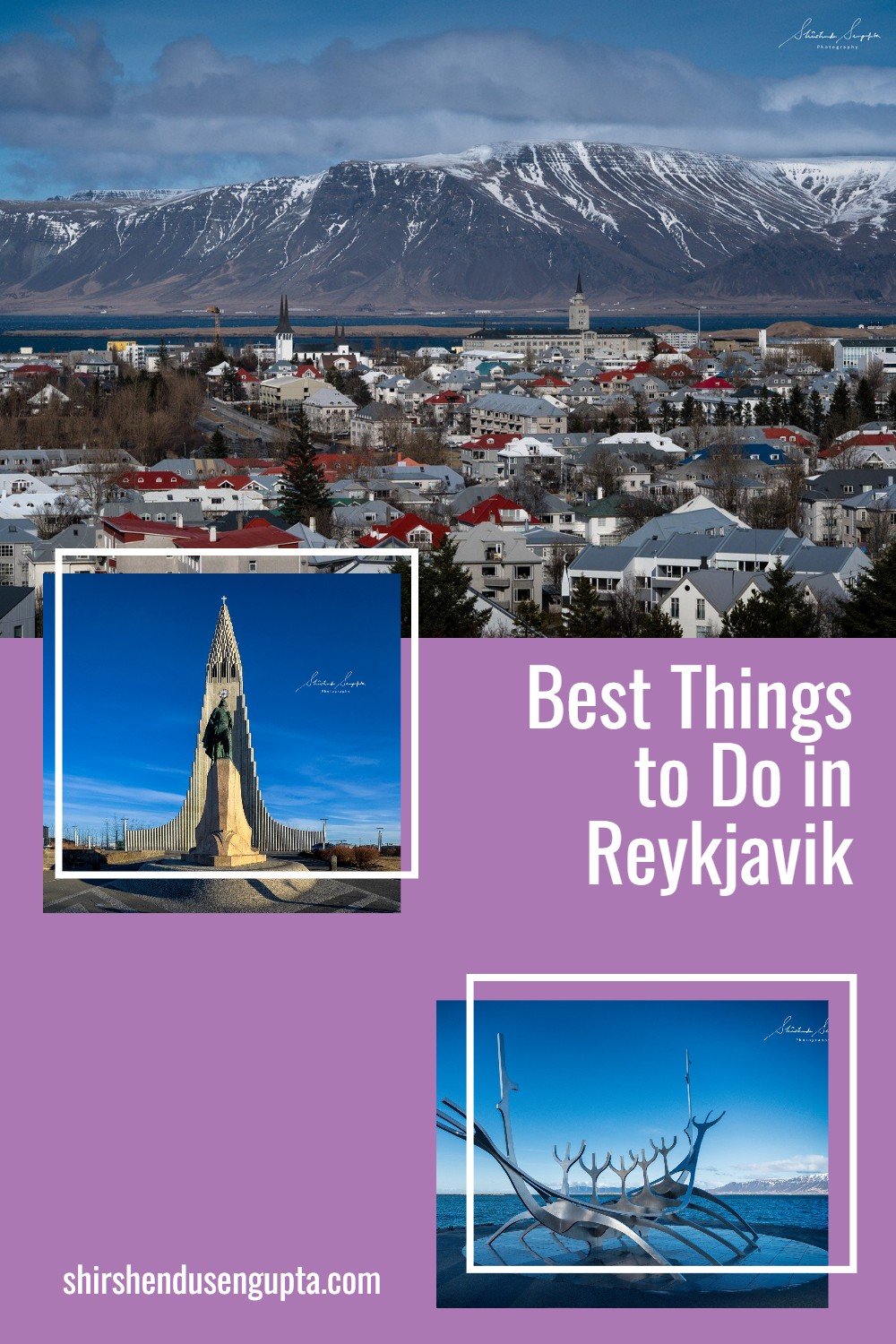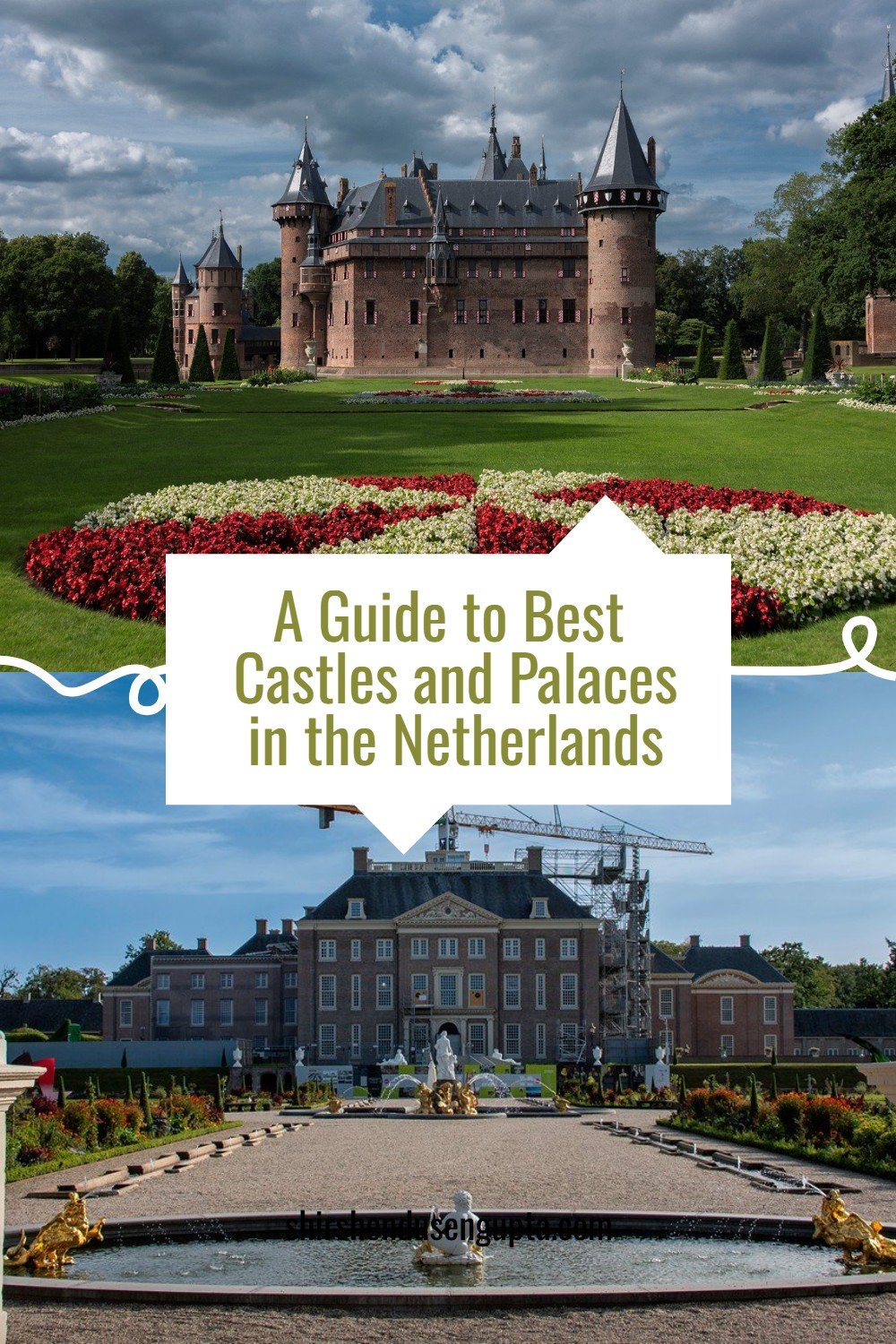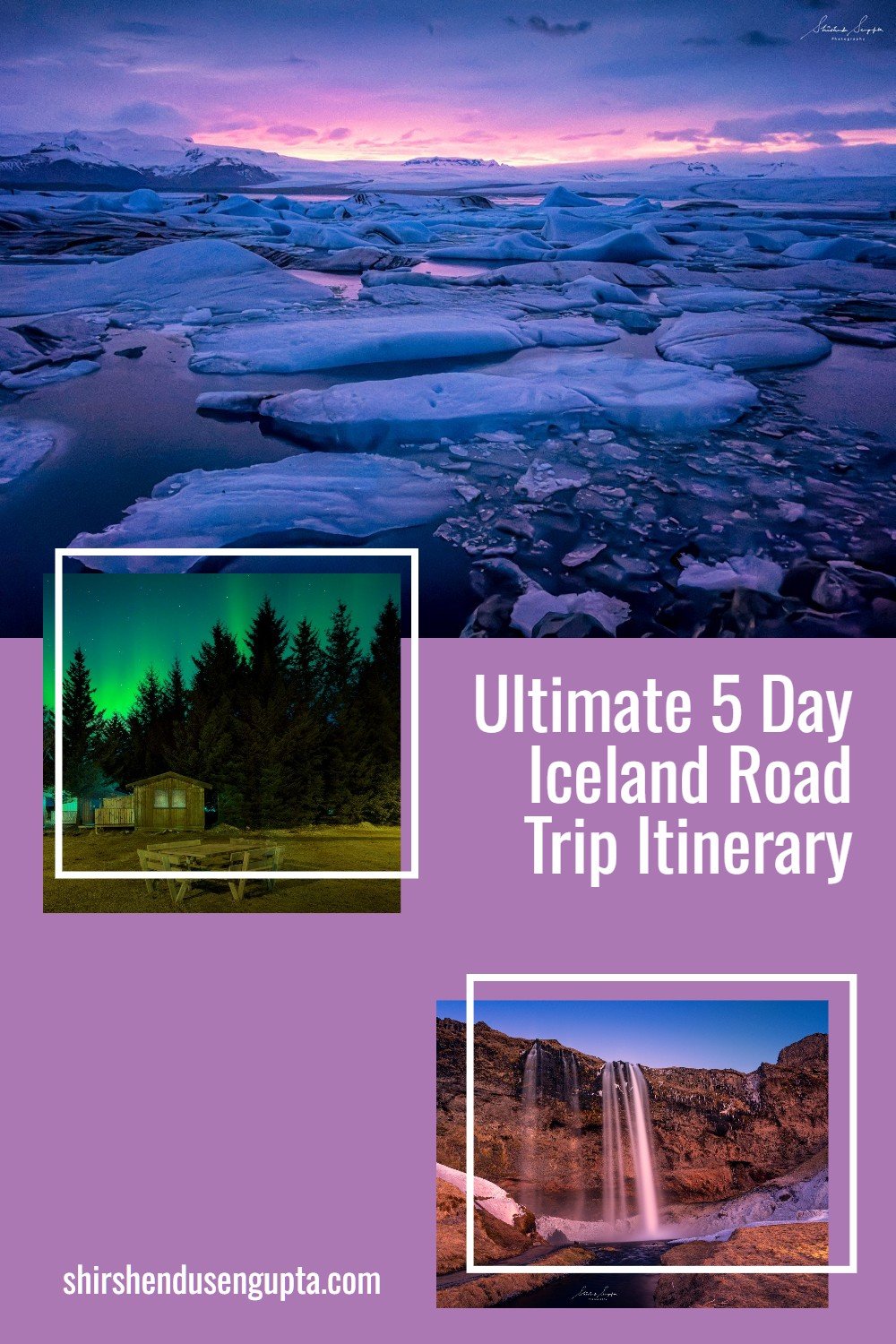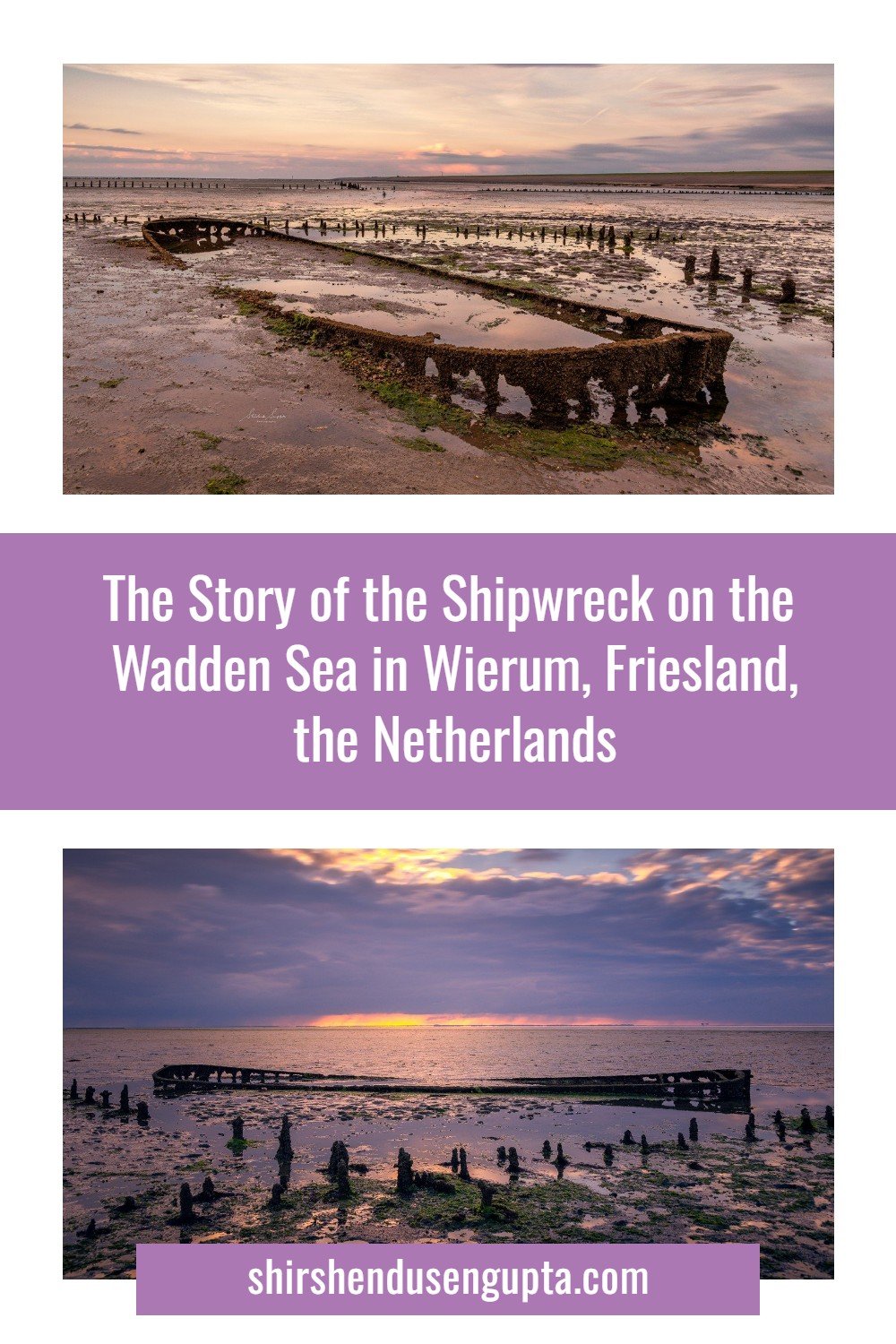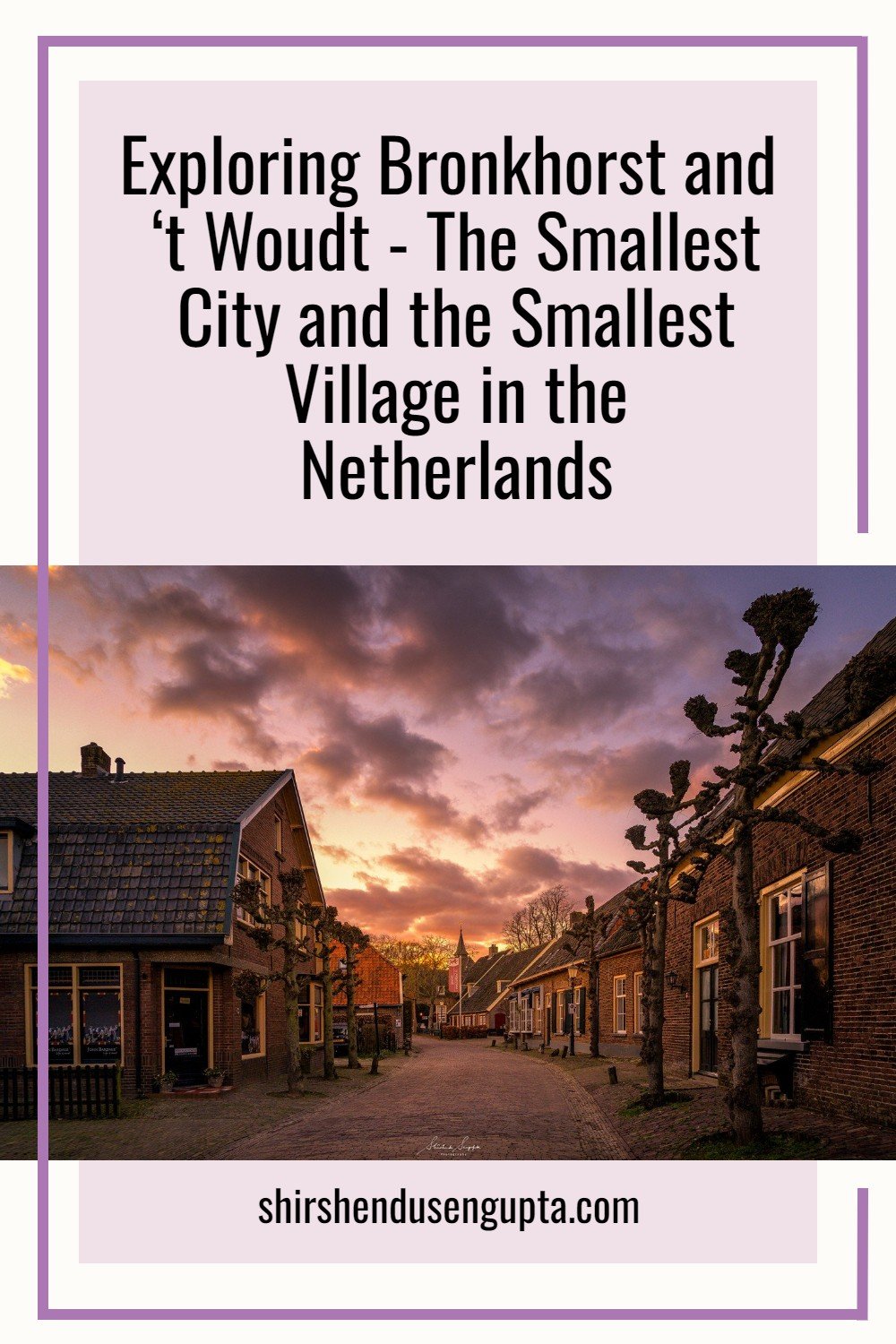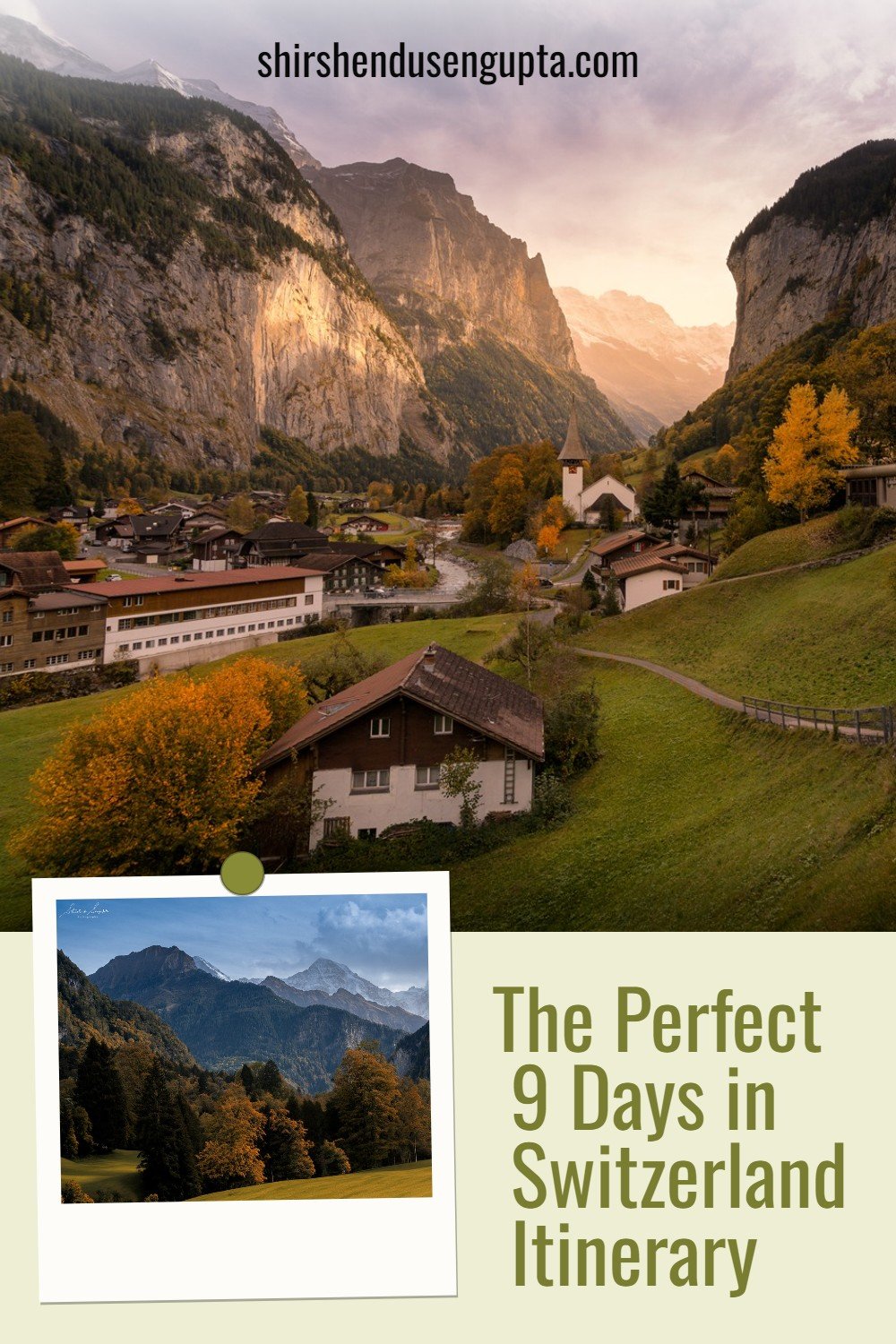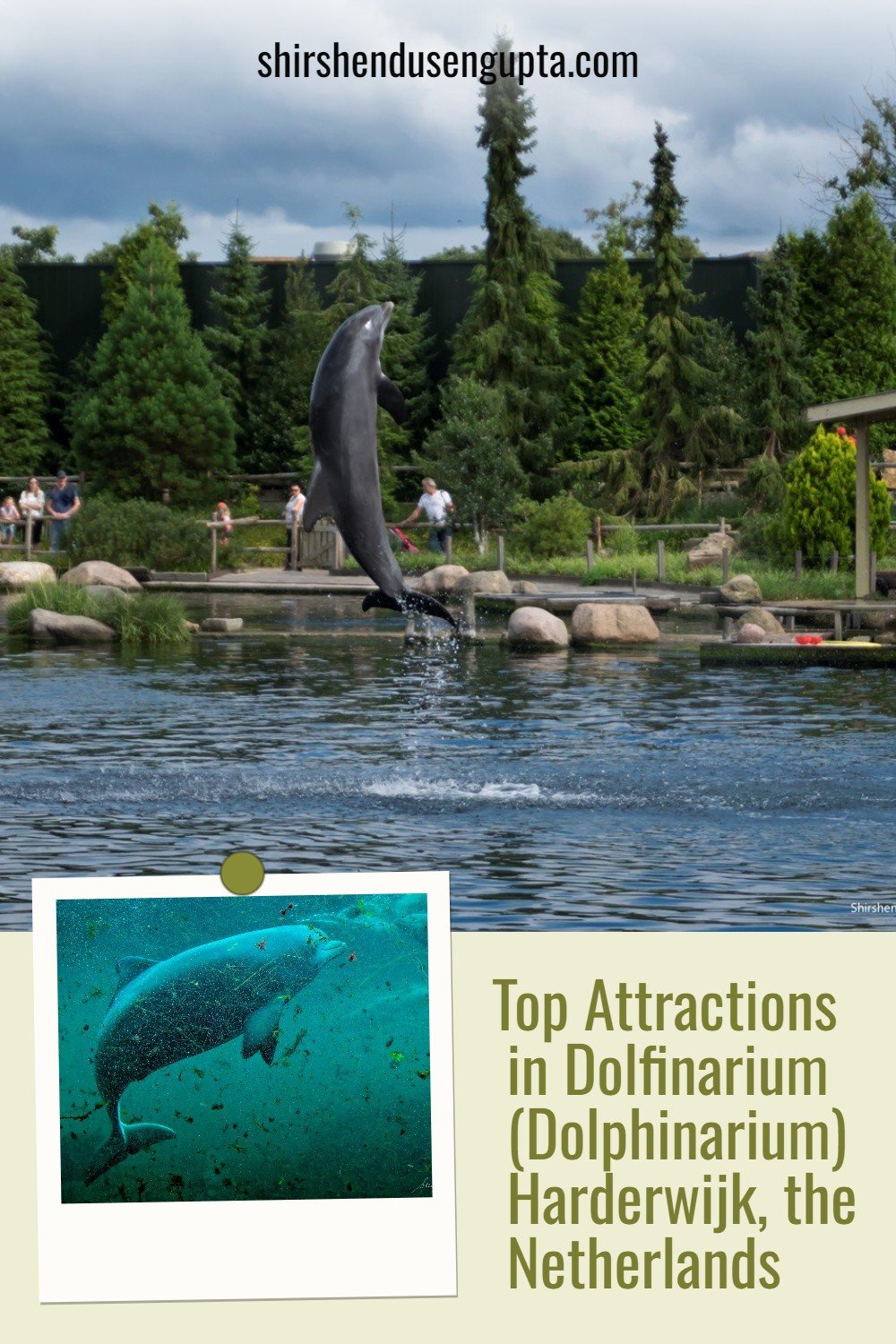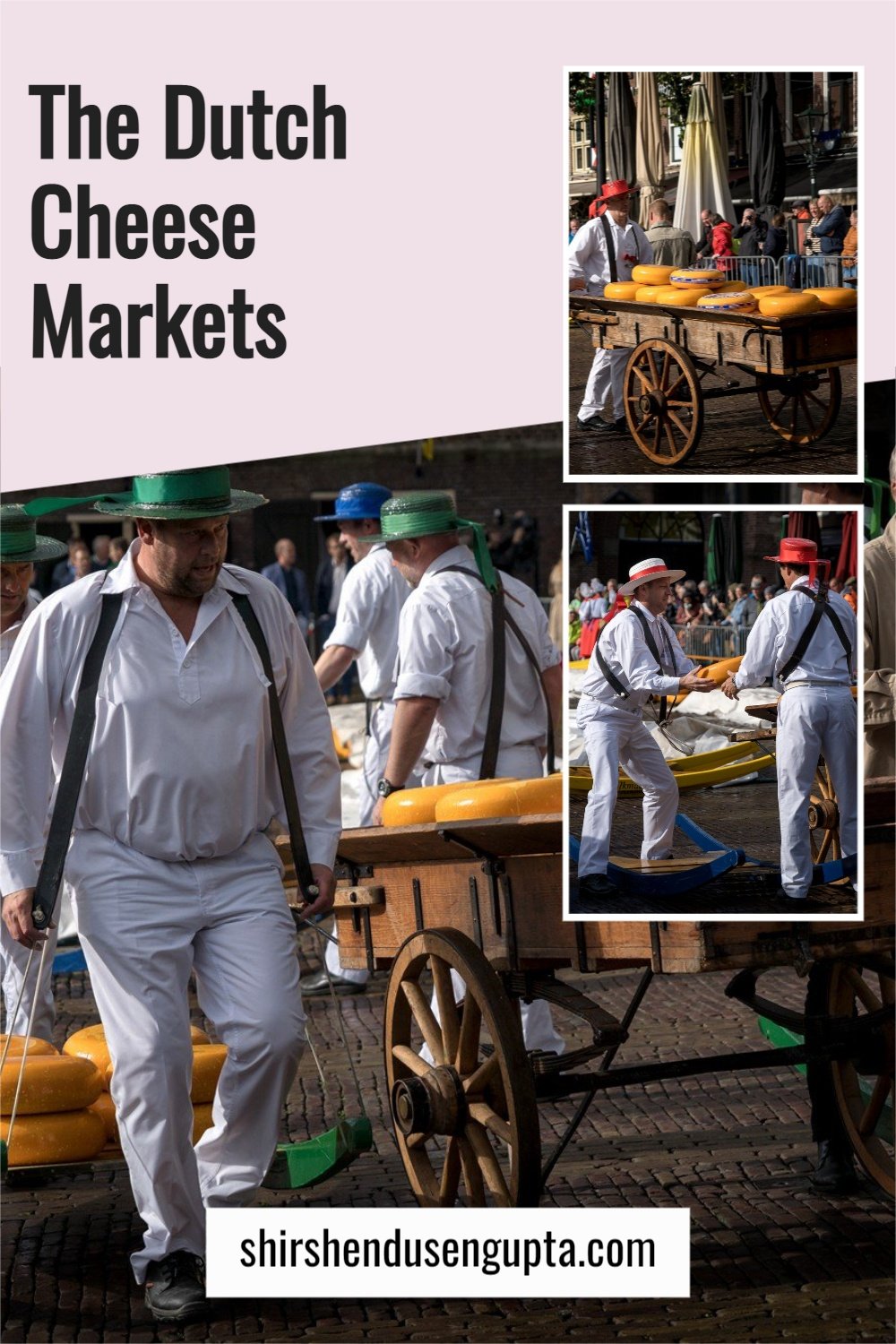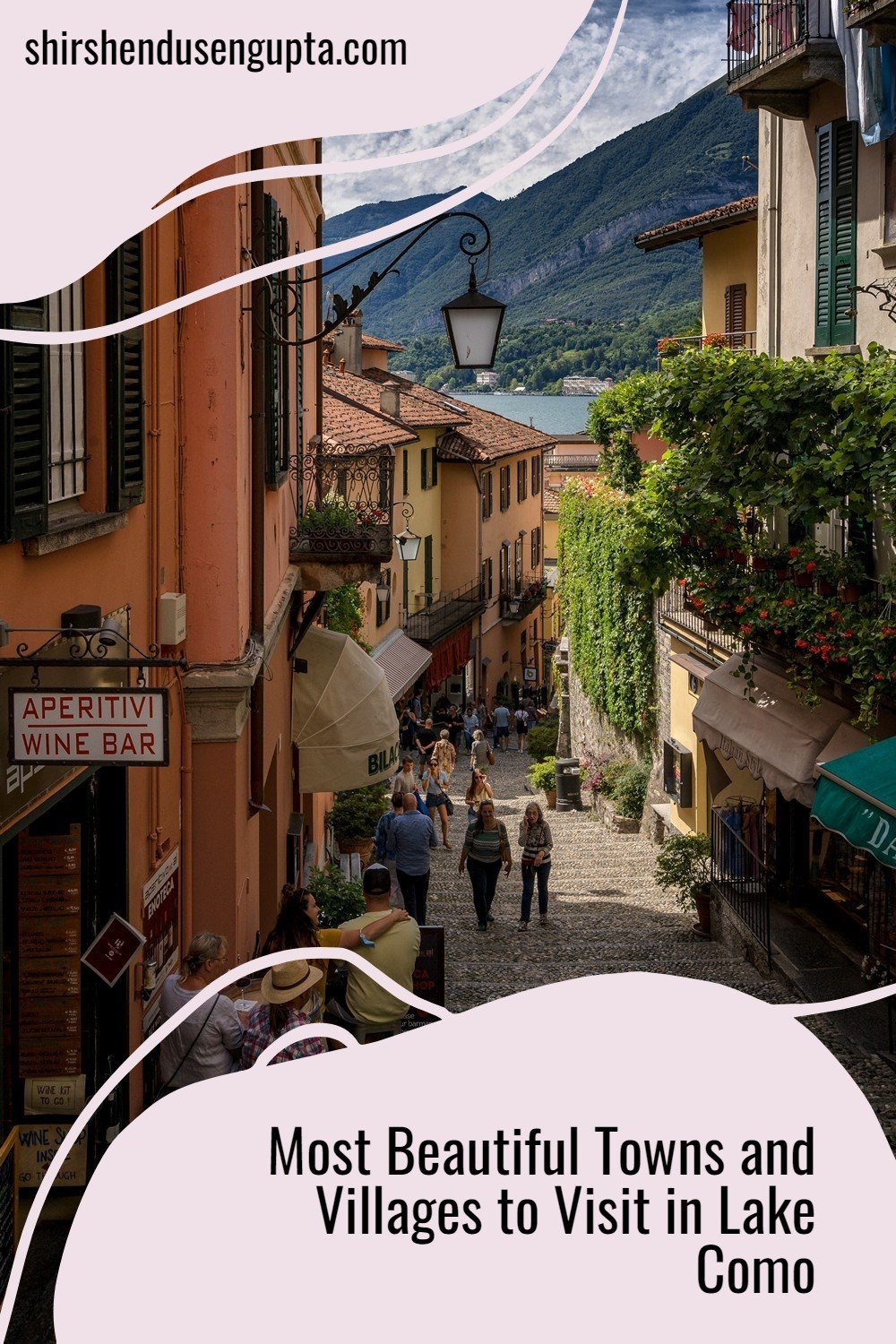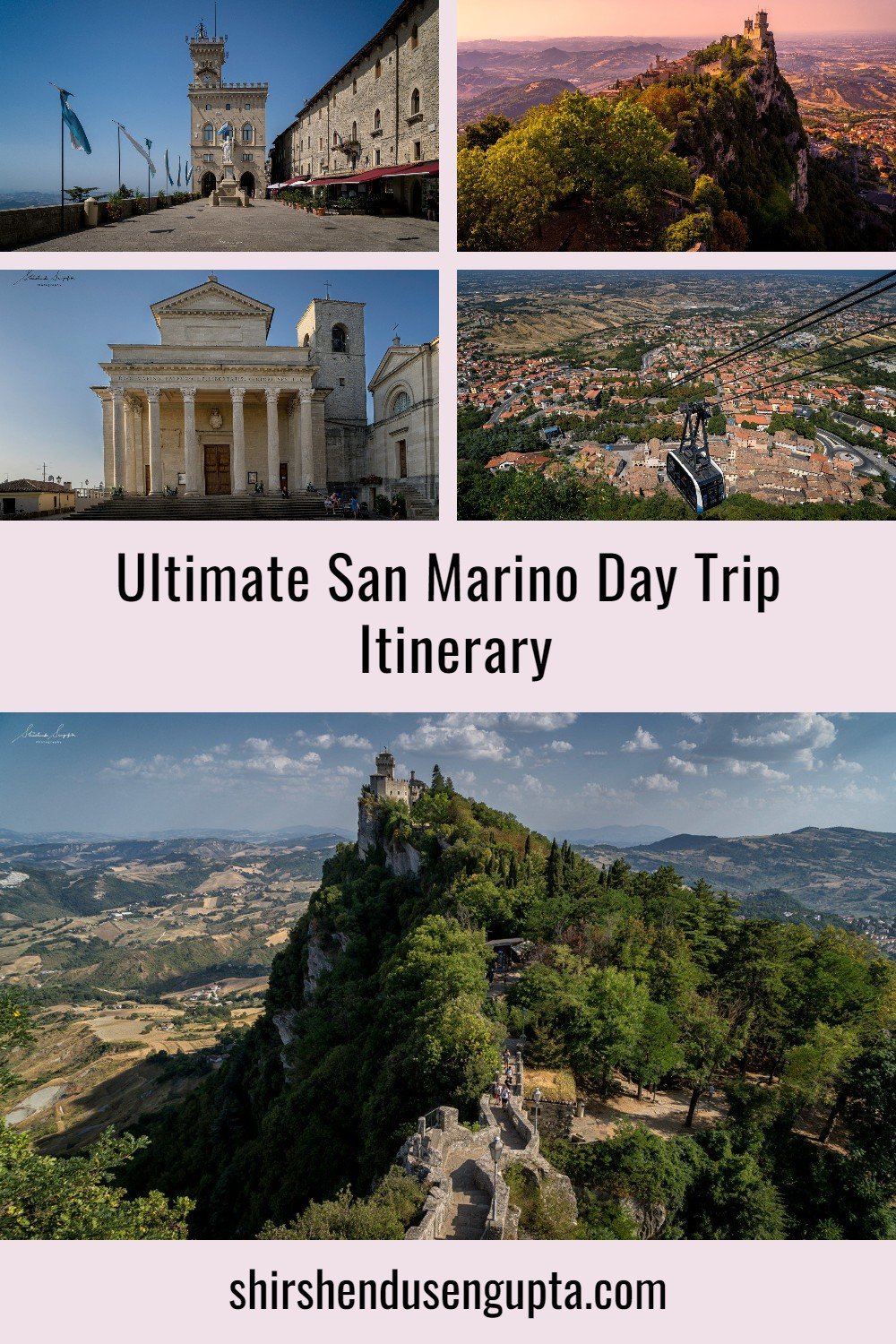11 Best Things to See and Do in Montenegro’s Bay of Kotor
The Majestic Montenegro
With steep mountains rising sharply from cobalt blue crystal-clear waters of the Adriatic forming awe-inspiring fjords, and medieval walled towns standing still in time adorned by rocky pathways smelling of wild conifers and Mediterranean blossoms, the tiny 300 km Balkan nation of Montenegro or ‘Black Mountain’ formed out of the meltdown of the former Yugoslavia is undoubtedly a spectacle of creation.
The Bay of Kotor
The Bay of Kotor (Boka Kotorska) in Montenegro carves a deep gorge into the southern Adriatic coast of former Yugoslavia, forming four magnificent bays surrounded by mountains, often referred to as Europe’s southernmost fjords - the ‘Mediterranean fjords.’ Situated amidst these fjords, the towns of Perast and Kotor are a crossroads of land and sea, a natural contrast of stone and water, a dialogue of island and wave, sometimes in peace, but more often in conflict, and a melting pot of tradition and history. Today I’m going to take you along with me on a ride across the 11 best things to see and do in the Bay of Kotor. Let the journey begin!
11 Best Things to See and Do in Montenegro’s Bay of Kotor
1. Visit the Fairy Tale Town of Perast
The tiny fairy tale town of Perast, situated at the foot of St. Elijah Hill (873 m) and surrounded by two jewel-like islands, is centered on the sea. Many prominent seafaring families historically called the Bay of Kotor home. They built palaces along the bay's beach, the most opulent and ornate of which can be found in Perast, as well as along the seafronts of Ljuta and Dobrota. These palaces have been maintained and refurbished and are now used as museums, residences, and hotels. The bay's Mediterranean ambiance and ever-changing vistas may be enjoyed by visitors staying in a renovated palace hotel. Despite its small size and a minuscule population of 300 inhabitants, the city has developed a sophisticated urban structure, as evidenced by the proportion, scale, massing, and rhythm of the many public buildings, particularly along the coastline.
Modern art historians have praised the aesthetic values of baroque Perast. Dr. Kruno Prijatelj, the Croatian art historian once exclaimed “In Perast, without going into poetical phrases, the Dalmatian baroque achieved its apotheosis in every stone with its coating, every elegantly carved portal, contributing to an eternal atmosphere of the province to be lost. Here, the unity of the town, more than individual monuments, creates an atmosphere that connects into one chord church domes and pillars of balconies, as well as the gold coating of time. Perast represents a culmination of the Dalmatian baroque.”
2. Take a walk along Perast’s Lake Promenade
The town of Perast stretches 1.5 kilometers along the seaside, sandwiched between St. Elijah hill and the Bay of Kotor. In a few minutes, you can stroll the entire length and breadth of the town. Beautiful views and magnificent sunsets are ensured because the promenade faces immediately out to the Verige Strait, the bay's narrowest part. The twin islets of Sveti Dorde (St. George) and Gospa od Skrpjela (Our Lady of the Rocks) rise like shipwrecks from the silvery bay.
3. Take a Boat Ride to ‘Our Lady of the Rocks’
Our Lady of the Rocks (Gospa od Skrpjela) is one of two islets in the Bay of Kotor off the coast of Perast (the other being Sveti Dorde or St. George). It is a man-made island formed by a rocky bulwark and the sinking of old and seized ships loaded with rocks. The main structure on the islet is the Roman Catholic Church of Our Lady of the Rocks, which also houses a museum. According to folklore, the islet was built over decades by local seafarers who honored an ancient pledge after discovering the Madonna and Child image on a sea rock on July 22, 1452. They would place a rock in the Bay after each successful sail. The islet gradually emerged from the water over time. The practice of tossing rocks into the water is still practiced today. Every year on July 22, around sunset, a local festival known as ‘fasinada’ takes place, in which local inhabitants take their boats out into the sea and hurl pebbles into the sea, broadening the island's surface.
4. Drop by at the Islet of Sveti Dorde (St. George)
With its towering cypress trees, stone fortifications, prominent watchtowers, and lovely old church buildings, the small natural island of Sveti Dorde creates a stunning sight in the center of the Kotor Bay. Here you'll find the Saint George Benedictine monastery, as well as an old cemetery with the graves of former Perast monarchs. The island can be reached by boat from town of Perast.
5. Hang out at the ‘Square of the Arms’ in the Old Town of Kotor
Kotor, situated on a lovely bay on Montenegro's coast, is a city rich in culture and history, with breathtaking vistas. The ancient city, which is a UNESCO World Heritage Site, was created between the 12th and 14th centuries and is full of medieval architecture and historic monuments. The city walls of Kotor, which stretch for four kilometers, have safeguarded the city since the Venetian era. The cobblestones ring with the sound of children hurrying to school in centuries-old buildings, lines of laundry flutter from wrought-iron balconies, and hundreds of cats — descendants of seafaring felines – loll in marble laneways. Kotor's beautifully lit-up walls gleam as serenely as a halo when night falls; behind the bulwarks, the streets hum with pubs, live music ranging from soul to serenades, and castle-top nightlife. Budva may have the beaches, and nearby Dubrovnik may have the bling, but Kotor’s Old Town outstrips them all in terms of romance, ambiance, and live history.
The Trg od Oruja, or Square of the Arms, is reached after passing past Kotor's main gate. It is the main and largest town square in Kotor. It is home to a variety of stores, banks, cafés, bakeries, and pastry shops, as well as other cultural and historical landmarks. Its name comes from the Venetian era when it was used to manufacture and store weapons.
6. Visit Kotor Cathedral (Cathedral of Saint Tryphon)
The Cathedral of Saint Tryphon in Kotor is one of the city's best-preserved and most attractive structures. It was dedicated on June 19, 1166, in honor of Saint Tryphon (also known as Sveti Tripun), the city's patron and defender. After the earthquake of 1667, the cathedral was severely damaged and restored, but there were insufficient money to complete the project.
7. Visit St. Nicholas Orthodox Church
St. Nicholas Orthodox Church, located in St. Luke's Square in the heart of this charming town, was built in 1902 to replace an earlier Serbian Orthodox Church that had been destroyed by fire. The blazing candles, incense fragrance, dark wood against plain grey walls, filtered light through the dome, simple stained glass, and the silence all around conspire to create a mysterious mood within the church.
8. Visit the Church of St. Luke
The Church of St. Luke is one of Kotor's oldest structures. It was built by Mauro Kacafrangi in the year 1195. The church, which is located on Piazza Greca, blends Roman and Byzantine architectural elements. Fortunately, it was one of the few structures that survived damage during the city's two great earthquakes. It's also a one-of-a-kind church because it has a Catholic and Orthodox altar.
9. Climb the City Walls to reach the Castle of San Giovanni and the Chapel of St. Ivan
Kotor is surrounded by fortifications (city walls) and backed by a sheer hill. To reach the San Giovanni Fortress (Castle of St. John), the historic castle atop Kotor's City Walls, you'll have to climb 1,350 stairs and 1,200 meters in elevation, but the views are well worth the effort. The city is visible below, followed by the fjord that is the Bay of Kotor beyond. Along the route, you'll pass the Chapel of St. Ivan, which is perched atop the city walls.
10. Visit Kotor Cats Museum
Visitors visiting Kotor will quickly notice the numerous cats roaming the streets. The cats have their own museum dedicated to them, as well as a large number of adoring residents who live beside them. While walking around the Old City, you'll notice that the small kittens roaming the ancient streets seem very at ease, to the point where they've become the city's unofficial symbol.
11. Get lost in the Old Town of Kotor
The Old Town, which is made up of cobblestone passageways, is great for walking around and exploring the region aimlessly inside Kotor's impregnable walls. Leave the map at home so it doesn't distract you, and focus on the details. You might be astonished at how many beautiful corners or hidden passageways you discover. Since the 3rd century BC, Kotor has had a range of architectural styles to admire, including Roman, Gothic, Renaissance, and Baroque. This is Kotor's historic, cultural, and religious heart, and there are numerous attractions throughout.
Visiting the Bay of Kotor
Best Time to Visit: The months of May through June (late spring) and September through October (early fall) are the ideal times of year to explore the Bay of Kotor. The excellent weather and less number of tourists compared to the high summer season characterize these months. You may explore the area at a reasonable temperature and engage in outdoor activities without becoming overheated. We visited the Bay of Kotor during August and the heat was quite harsh.
Number of Days to Stay: The Bay of Kotor and its environs should be thoroughly explored over a visit of three to four days. This provides time for seeing the quaint villages encircling the bay, taking boat rides to adjacent islands, hiking through breathtaking scenery, and getting a taste of the local way of life.
Best Place to Stay: For a distinctive experience inside the medieval walls, consider booking a room in Kotor's Old Town. Popular options that offer beautiful surroundings along the bay include Perast and Tivat. We visited the Bay of Kotor on a day trip from Dubrovnik and hence did not stay here.
To know more about the best places to visit in Dubrovnik, please read our article Dubrovnik City Breaks | 17 Best Places to Visit and Things to Do in Dubrovnik | Top 17 Must See Tourist Attractions in Dubrovnik, Croatia.
Best Way to Arrive: The best way to get there is via Tivat Airport, which is the closest airport to the Bay of Kotor and has good connections to most major European towns. Another option is to fly into Podgorica Airport or Dubrovnik Airport in Croatia, from where you can take a bus or drive to Kotor. There are ferry services and cruise choices available if arriving by sea. We flew into Dubrovnik from the Netherlands, stayed there for five days (including day trips), and then flew back to the Netherlands from Dubrovnik. On one of the days of our stay in Dubrovnik, we took a day trip to Montenegro in a day cab/taxi for 175 Euros for the whole day. Our driver also acted as the tour guide, telling us stories of the places and from his own life.
Best Local Mode of Conveyance: Walking, local buses, and bay boat transportation are the greatest ways to explore the Bay of Kotor. Local buses connect the villages surrounding the bay often, offering a reasonably priced mode of transportation. Furthermore, boat tours and excursions are an excellent way to take in the bay's natural beauty and see neighboring sites like the Church of Our Lady of the Rocks. Renting a car could make it easier to get to more isolated locations and picturesque vantage points if you want to continue your exploration.
Epilogue
So those were the 11 best things to see and do in the Bay of Kotor. Please let us know in the comments below if you enjoyed reading this article. And until we meet next time, I wish you merry traveling and happy shooting!
Pin the article
Bookmark the article for reading later!
Want to license/buy photos in the article?
License photos for commercial/editorial use or buy photo prints!
Want us to write an article for you?
Articles for magazines, newspapers, and websites!
Watch our Videos
Check out our videos on our Youtube Channel!
Join the Newsletter
Get updates on our latest articles!
We respect your privacy. Read our policy here.












